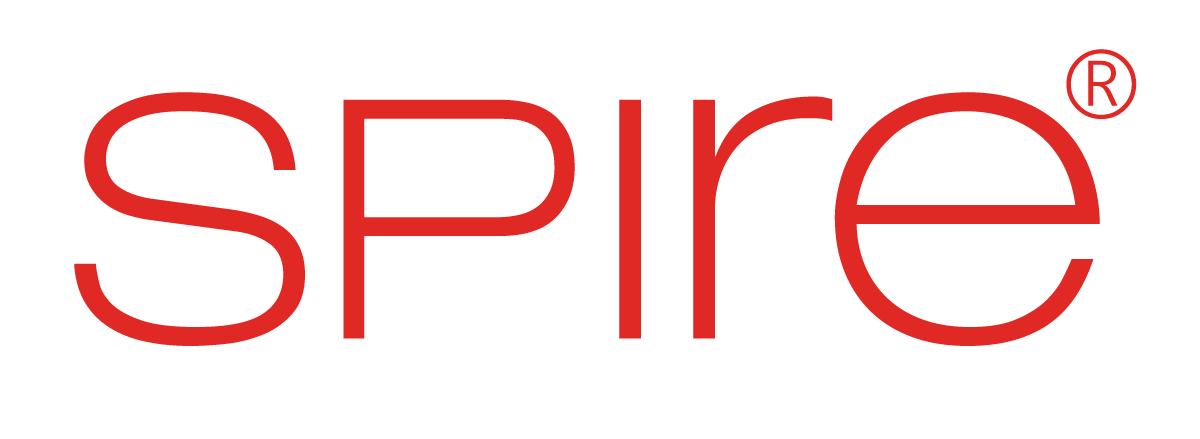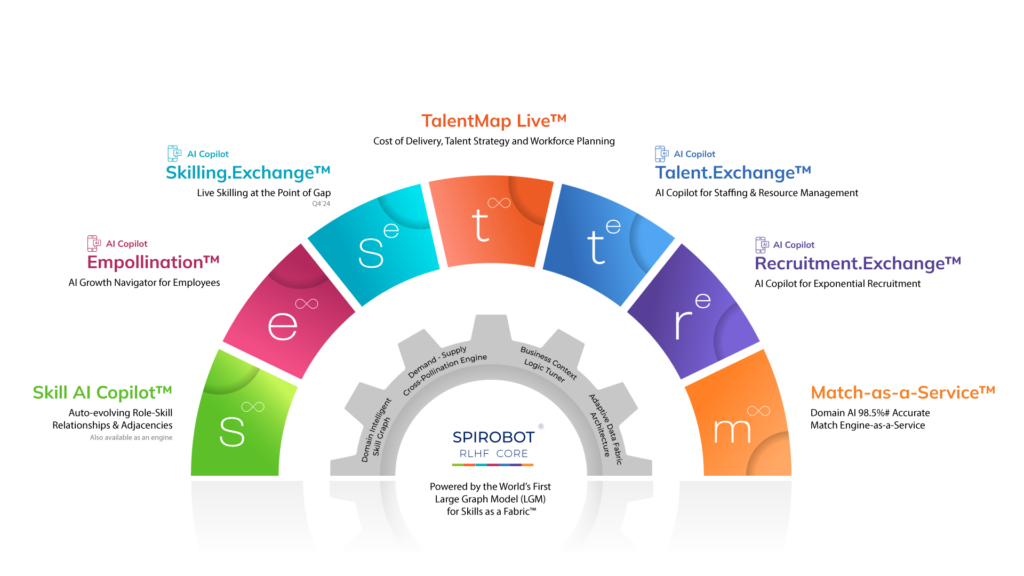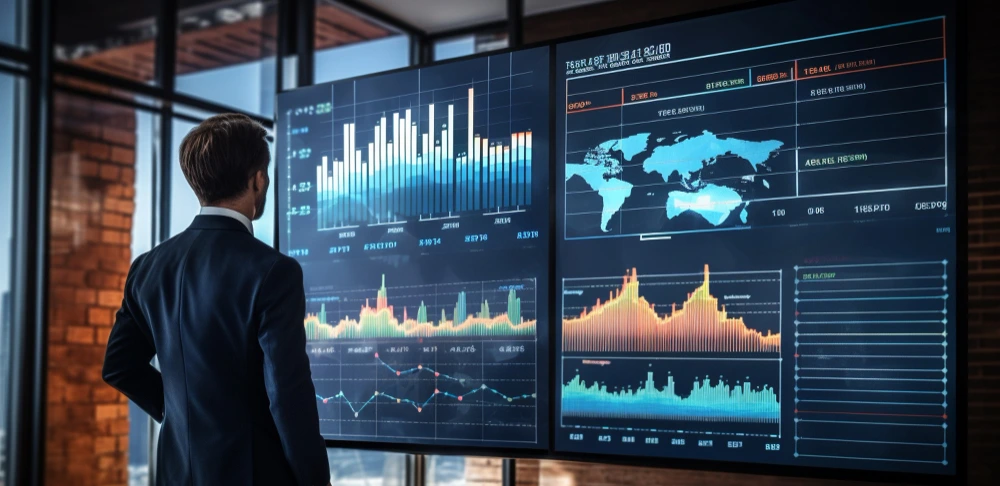For Chief Human Resources Officers (CHROs) and talent leaders, balancing the cost of the workforce with business productivity is an ongoing challenge. In an era of economic uncertainty, rising inflation, and talent shortages, optimizing workforce budgeting has never been more critical.
Traditional workforce planning methods often rely on historical data, manual forecasting, and intuition, leading to inefficiencies, overstaffing, or underutilization of talent. However, the integration of Artificial Intelligence (AI) into HR functions is transforming how organizations assess, allocate, and optimize their workforce investments. By leveraging AI-driven workforce intelligence, companies can forecast labor costs accurately, optimize hiring strategies, and ensure financial sustainability without compromising productivity.
This article provides a structured approach for CHROs to utilize AI for workforce cost optimization, backed by data, trends, and real-world case studies.
Workforce Costs: Breaking Down the Variables
For CHROs, understanding the total cost of workforce extends beyond just payroll expenses. A comprehensive workforce cost framework encompasses direct and indirect costs that influence an organization’s bottom line. AI-driven workforce analytics allow businesses to gain a holistic view of workforce expenses, ensuring better financial planning and operational efficiency.
Below are examples of detailed workforce cost components.
- Salaries and Benefits: Competitive compensation is vital, but overcompensation or outdated salary structures lead to budget inefficiencies. AI can benchmark salaries across industries, preventing unnecessary expenses.
- Talent Acquisition and Onboarding: The cost of hiring the wrong candidate can be up to 30% of their annual salary. AI optimizes hiring by improving candidate-job matching and reducing recruitment time.
- Employee Productivity and Attrition: Poor performance management leads to productivity loss, while high attrition increases rehiring costs. AI-driven attrition forecasting helps HR teams preempt turnover risks.
- Workforce Planning and Utilization: AI detects underutilized teams and overstaffed departments, enabling strategic workforce allocation.
- Technology and Infrastructure: HR tech investments should provide ROI. AI-powered platforms predict workforce needs, ensuring HR systems remain cost-efficient.
- Regulatory Compliance: AI ensures adherence to labor laws, minimizing compliance penalties. Automating compliance tracking can reduce audit risks by up to 40%.
Before diving into how AI optimizes budgeting, it’s essential to understand the core components that contribute to the cost of the workforce.
- Salaries and Benefits: Base pay, bonuses, and benefits such as healthcare, retirement plans, and stock options.
- Talent Acquisition and Onboarding: Costs associated with recruitment, background checks, training, and ramp-up time.
- Employee Productivity and Attrition: Underperformance, disengagement, and voluntary turnover significantly impact workforce costs.
- Workforce Planning and Utilization: Poor allocation of resources can lead to overstaffing (wasted costs) or understaffing (productivity loss).
- Technology and Infrastructure: Expenses related to HR software, AI-powered tools, and learning management systems.
- Regulatory Compliance: Employment laws, labor policies, and compliance fines can add unforeseen costs.
Each of these variables plays a crucial role in shaping an organization’s workforce strategy. AI-driven analytics provide HR leaders with real-time visibility into these cost drivers, enabling data-backed decisions.
How AI is Transforming Workforce Budgeting and Forecasting
AI’s Impact on Workforce Budgeting & Forecasting
1. Predictive Talent Cost Modeling
2. Optimized Workforce Allocation
3. Compensation and Benefits Optimization
4. Dynamic Workforce Cost Control
5. AI-Enabled Workforce Planning
AI-driven workforce analytics bridge the gap between financial planning and HR strategy, enabling organizations to maintain optimal workforce budgets. Traditional workforce forecasting methods often lack real-time insights, leading to inaccurate financial projections. AI transforms workforce budgeting through:
1. Predictive Talent Cost Modeling
AI’s ability to analyze past trends and predict future labor costs ensures that HR teams allocate budgets effectively. By evaluating historical workforce data, industry benchmarks, and external economic indicators, AI provides a data-driven approach to forecasting personnel expenses.
AI-driven cost modeling considers salary inflation, attrition rates, hiring cycles, and economic fluctuations to ensure more accurate labor cost projections. Organizations can create multiple scenarios using AI, allowing them to adjust workforce strategies proactively based on predictive insights.
Example: A Fortune 500 financial firm leveraged AI-powered cost modeling and reduced its talent overspending by 20% by aligning workforce demand with projected business growth. The AI-driven system enabled them to reallocate budget resources strategically, preventing unnecessary expenditure while maintaining workforce efficiency.
AI’s ability to analyze past trends and predict future labor costs ensures that HR teams allocate budgets effectively. This minimizes unnecessary expenditures while maintaining a future-ready workforce.
2. Optimized Workforce Allocation
Workforce allocation can make or break a company’s financial efficiency. AI-powered tools provide HR teams with real-time workforce distribution insights, ensuring that employees are placed in the right roles based on their skills, experience, and business demands.
By continuously analyzing performance metrics, project needs, and available resources, AI helps prevent overstaffing (leading to budget waste) or understaffing (resulting in productivity loss). AI can also recommend cross-functional reassignments to maximize efficiency.
Example: A global retail brand utilized AI workforce optimization tools and cut contract labor expenses by 18% without impacting productivity. The system reallocated internal talent more effectively, reducing reliance on expensive short-term hires. AI helps in strategic workforce distribution by identifying skill shortages and talent surpluses, ensuring optimal staffing decisions.
3. Compensation and Benefits Optimization
Competitive compensation is a cornerstone of talent retention, but overpaying employees unnecessarily inflates workforce costs. AI helps organizations benchmark salaries against industry standards, geographic locations, and competitor compensation structures to ensure compensation is cost-effective and fair.
AI-powered systems also analyze benefits utilization, helping HR teams adjust offerings based on employee preferences and maximize return on compensation investment.
Stat: According to Mercer, 64% of companies using AI compensation analytics have reduced overpaying by 15% while maintaining talent retention rates. This is achieved by aligning salary packages with data-driven industry benchmarks rather than outdated internal estimates. With real-time salary benchmarking, AI ensures compensation remains competitive yet cost-effective, reducing salary inflation concerns.
4. Dynamic Workforce Cost Control
Cost control in workforce planning requires real-time tracking. AI-powered workforce analytics dashboards provide HR and finance teams with live visibility into labor expenses, enabling data-backed decisions that align with business priorities.
By integrating AI into real-time payroll management, overtime tracking, and contingent workforce expenditures, companies can avoid cost overruns while ensuring compliance with budget constraints. AI can also send alerts when expenses exceed predefined thresholds, allowing for proactive adjustments.
Case Study: A healthcare provider integrated AI-powered workforce analytics and cut overtime expenses by 25% by reallocating shifts dynamically. AI-driven insights revealed patterns of excessive overtime usage, allowing leadership to restructure shifts for better efficiency. AI-powered dashboards provide live insights into labor costs, ensuring financial decisions align with operational priorities.
5. AI-Enabled Workforce Planning
Workforce planning is no longer a manual, reactive process. AI enables data-driven, future-oriented workforce planning by aligning hiring strategies with business growth trajectories, market trends, and internal performance insights.
AI-powered tools help HR teams determine optimal hiring timelines, predict skill shortages, and recommend workforce expansion or contraction strategies based on business projections. This ensures that hiring remains cost-effective and aligned with actual workforce demand.
Example: A multinational IT firm used AI-driven workforce planning to project skill gaps 12 months in advance, ensuring timely hiring. This approach cut last-minute hiring expenses by 30% while maintaining uninterrupted operations. AI aligns workforce planning with business growth forecasts, making hiring more strategic and cost-efficient.
Leveraging AI for Smarter Workforce Budgeting and Forecasting
AI is revolutionizing workforce planning by providing predictive capabilities, automation, and real-time insights. Traditional HR forecasting relied heavily on manual data aggregation and historical trends, making it reactive and prone to inefficiencies. With AI, CHROs now have access to data-driven, proactive approaches that streamline workforce cost management, ensuring both financial stability and operational agility.
AI-driven workforce budgeting not only enhances cost predictability but also helps organizations respond dynamically to labor market shifts. By integrating predictive analytics, real-time monitoring, and intelligent workforce planning, companies can optimize their talent investments more effectively.
Here’s how CHROs can leverage AI to enhance cost optimization and budget forecasting.
Predictive Talent Cost Modeling
AI algorithms analyze historical workforce data, industry trends, and external economic indicators to predict future labor costs. This enables HR teams to model different scenarios and adjust workforce strategies accordingly.
Example: A Fortune 500 financial firm leveraged AI-powered cost modeling and reduced its talent overspending by 20% by aligning workforce demand with projected business growth.
Optimized Workforce Allocation
By using AI to assess talent supply vs. demand, organizations can optimize staffing levels across departments. AI-driven tools recommend hiring freezes, workforce reshuffling, or gig workforce integration to prevent unnecessary hiring.
Example: A global retail brand utilized AI workforce optimization tools and cut contract labor expenses by 18% without impacting productivity.
Dynamic Compensation Benchmarking
AI-powered benchmarking tools compare compensation data across industries, geographies, and competitors, ensuring equitable and cost-effective salary structures.
Stat: According to Mercer, 64% of companies using AI compensation analytics have reduced overpaying by 15% while maintaining talent retention rates.
Real-Time Workforce Cost Visibility
AI dashboards provide real-time cost tracking, allowing CHROs to monitor workforce spending against budgets dynamically. This reduces financial blind spots and ensures alignment with company goals.
Case Study: A healthcare provider integrated AI-powered workforce analytics and cut overtime expenses by 25% by reallocating shifts dynamically.
AI-Driven Attrition Forecasting
Turnover is a major cost driver, and AI can predict which employees are likely to leave based on engagement levels, compensation competitiveness, and external market conditions. This enables HR teams to implement retention strategies proactively.
Stat: According to Gartner, AI-driven retention analytics reduce voluntary turnover rates by 30% in organizations that leverage predictive modeling.
Intelligent Hiring & Recruitment Cost Reduction
Recruitment costs are a significant portion of workforce expenses. AI-powered hiring tools streamline talent acquisition, reducing time-to-hire and preventing costly mis-hires.
Example: An IT services firm implemented AI-driven resume screening, reducing recruitment costs by 35% while improving candidate-job matching.
Overcoming Implementation Challenges in AI Workforce Optimization
Despite its benefits, AI workforce optimization presents challenges. Organizations must address barriers such as data integration, bias reduction, change management, and compliance. AI solutions like Spire.AI provide a seamless transition by offering tailored, AI-driven workforce budgeting solutions.
How Spire.AI Optimizes Workforce Budgeting and Forecasting
As AI adoption in workforce planning grows, Spire.AI is leading the charge in helping HR leaders optimize workforce costs effectively. The platform provides a centralized AI-driven workforce budgeting solution, addressing key challenges such as data fragmentation, cost predictability, and compliance adherence.
- Data Unification: Spire.AI uses Domain-Intelligent AI to integrate disparate HR systems into a single AI-powered workforce intelligence ecosystem, ensuring structured and clean workforce data for precise decision-making.
- Bias-Free Decision Making: Leveraging Domain-Intelligent AI, Spire.AI minimizes bias by basing workforce decisions on objective performance indicators, not historical biases.
- Real-Time Workforce Cost Optimization: With continuous workforce expenditure monitoring, HR teams can dynamically adjust labor budgets in response to financial performance.
- Scalable AI Implementation: Unlike static systems, Spire.AI offers customizable and scalable AI models, adjusting to an organization’s workforce strategy seamlessly.
Despite its advantages, adopting AI for workforce budgeting comes with challenges that organizations must address.
- Data Integration Issues: Many organizations struggle with fragmented HR data. Investing in unified HR Tech ecosystems ensures seamless AI implementation.
- Bias and Ethical Concerns: AI algorithms can inherit biases from historical data. Ensuring AI transparency and fairness is critical to prevent biased workforce decisions.
- Change Management: Workforce analytics adoption requires HR teams to upskill and embrace data-driven decision-making over intuition-based approaches.
- Compliance and Data Security: AI tools must align with GDPR, EEOC, and local labor regulations to protect employee privacy and ensure compliance.
Organizations that proactively address these barriers can unlock the full potential of AI in workforce cost optimization.
The Path Forward: AI as a Strategic Leader
The future of HR is shifting towards intelligent workforce management, where AI acts as a strategic enabler. Spire.AI is at the forefront of this transformation, offering CHROs and HR leaders advanced AI solutions that optimize workforce spending, predict talent trends, and streamline budgeting.
Spire.AI’s AI-Powered Workforce Optimization Benefits
- Predictive analytics enhance workforce cost forecasting and efficiency.
- Real-time workforce intelligence ensures budget alignment with business goals. AI models reduce turnover risks, optimizing long-term workforce sustainability.
- Automated workforce planning ensures financial sustainability and HR agility.
Organizations integrating AI-driven workforce solutions like Spire.AI will gain a competitive edge by balancing workforce costs with productivity, ensuring long-term financial and operational success.
The future of workforce budgeting and forecasting lies in AI-driven intelligence. As businesses navigate an increasingly complex labor market, HR leaders must evolve from reactive cost management to proactive workforce intelligence.
Key Takeaways for CHROs and Talent Leaders:
✔ AI-driven predictive analytics enhance workforce cost forecasting and optimization.
✔ Real-time workforce intelligence improves budget alignment and efficiency.
✔ AI-powered talent models mitigate attrition risks and optimize hiring investments.
✔ Proactive workforce planning using AI fosters financial sustainability without productivity trade-offs.
Organizations that embrace AI-powered workforce budgeting strategies today will not only control talent costs effectively but also position themselves for long-term success in a dynamic talent economy.






